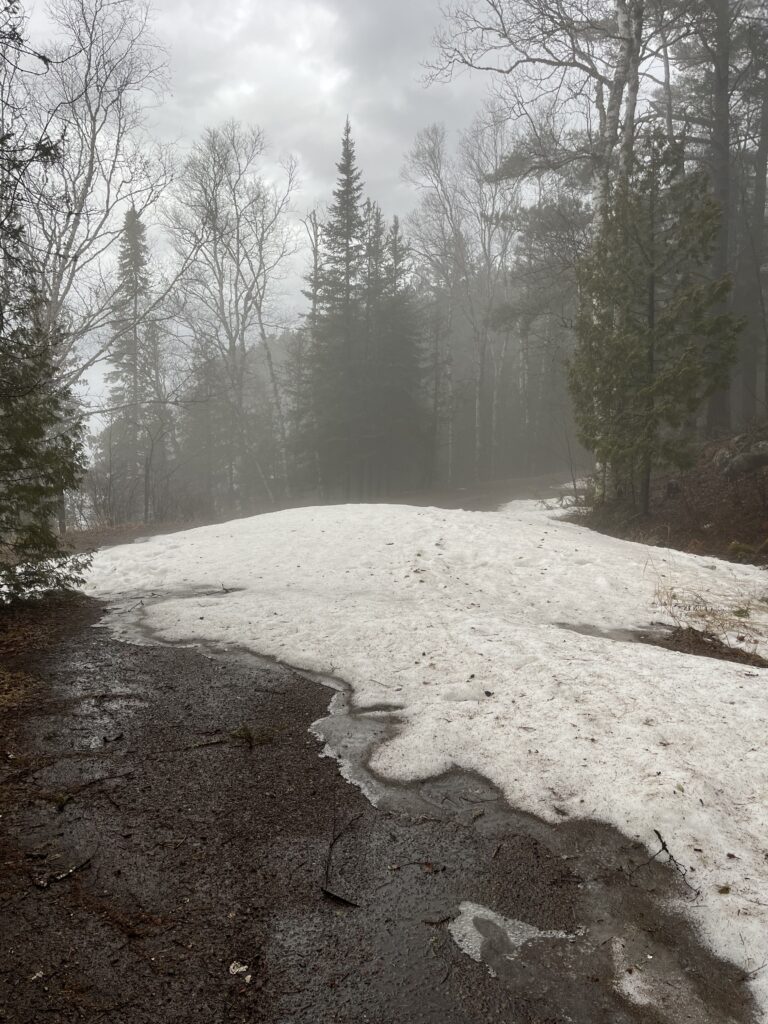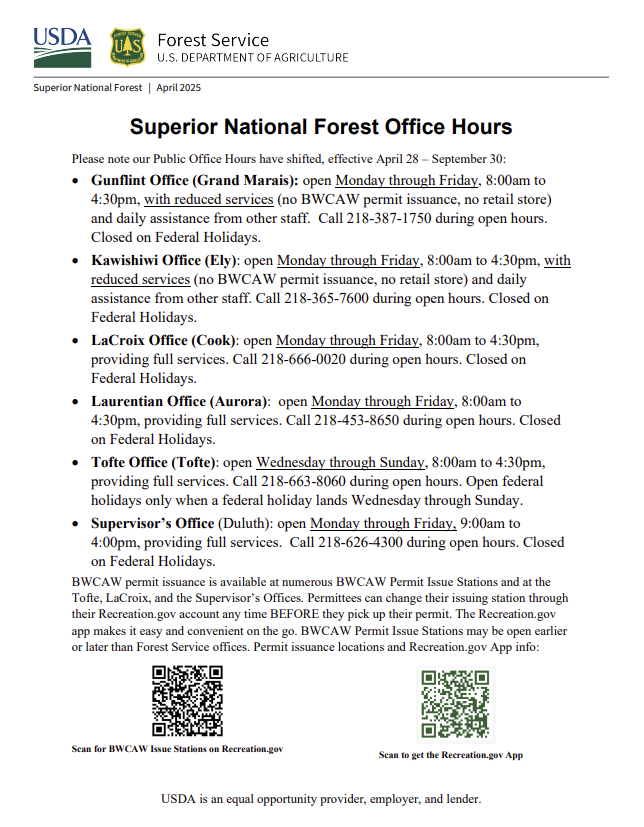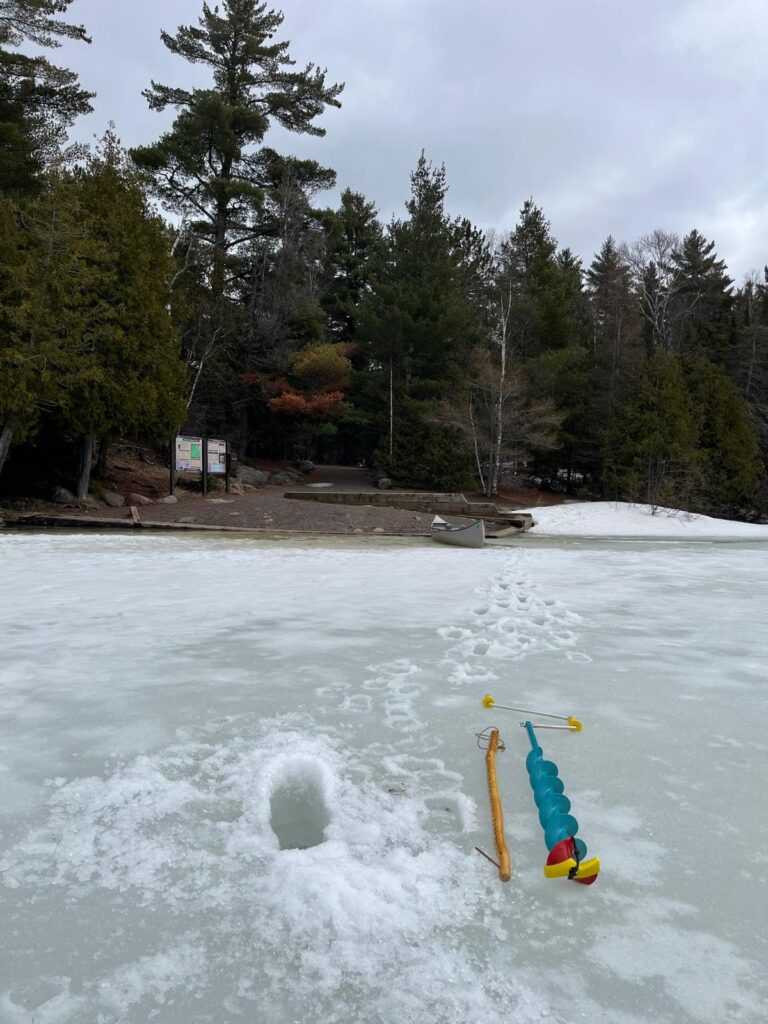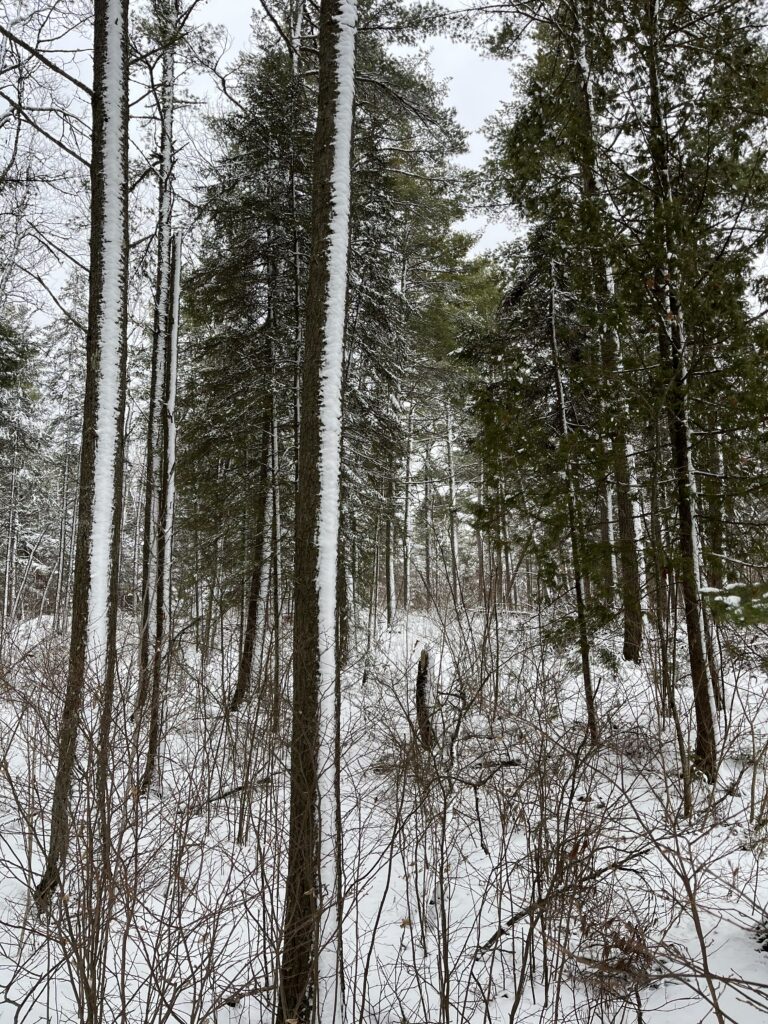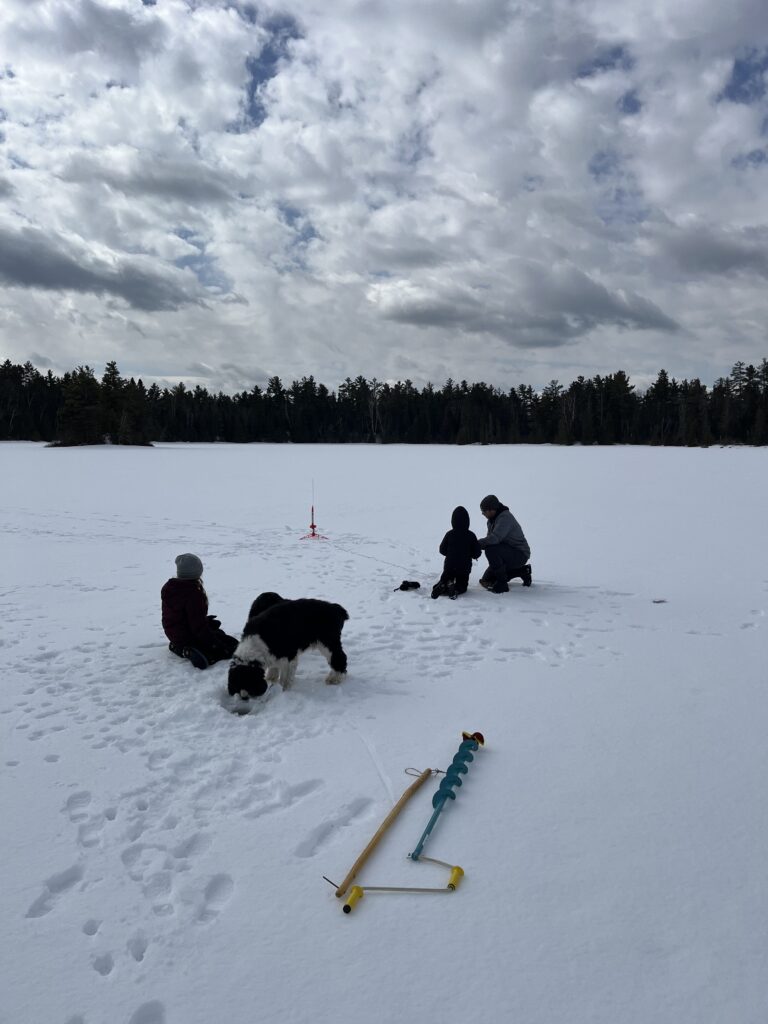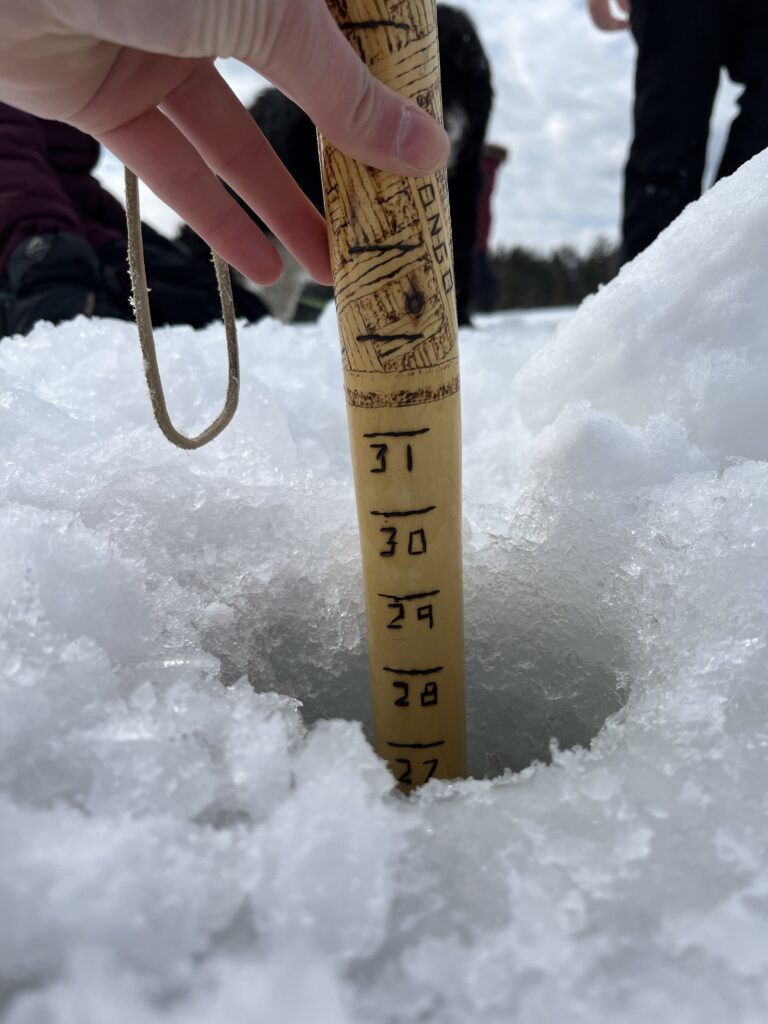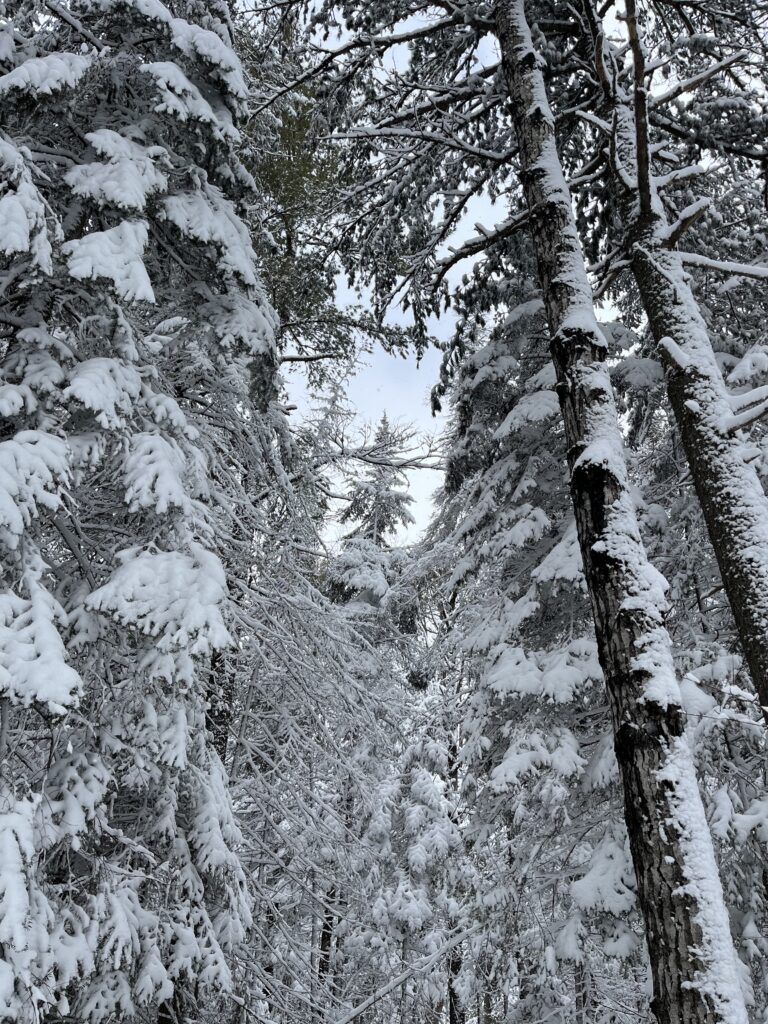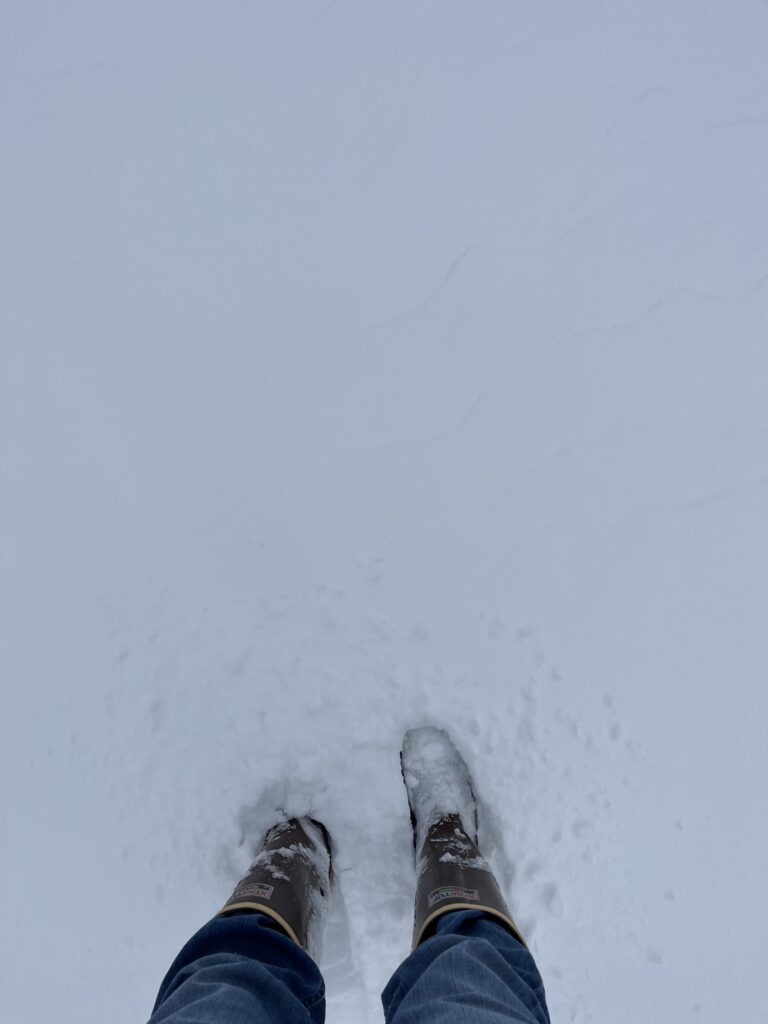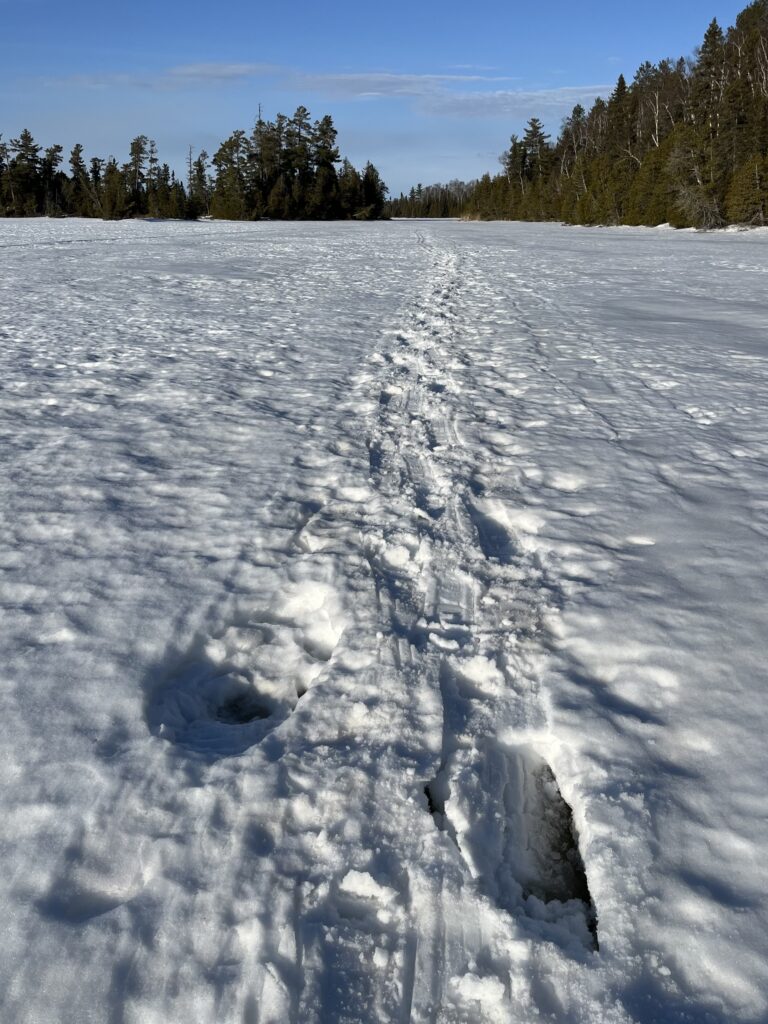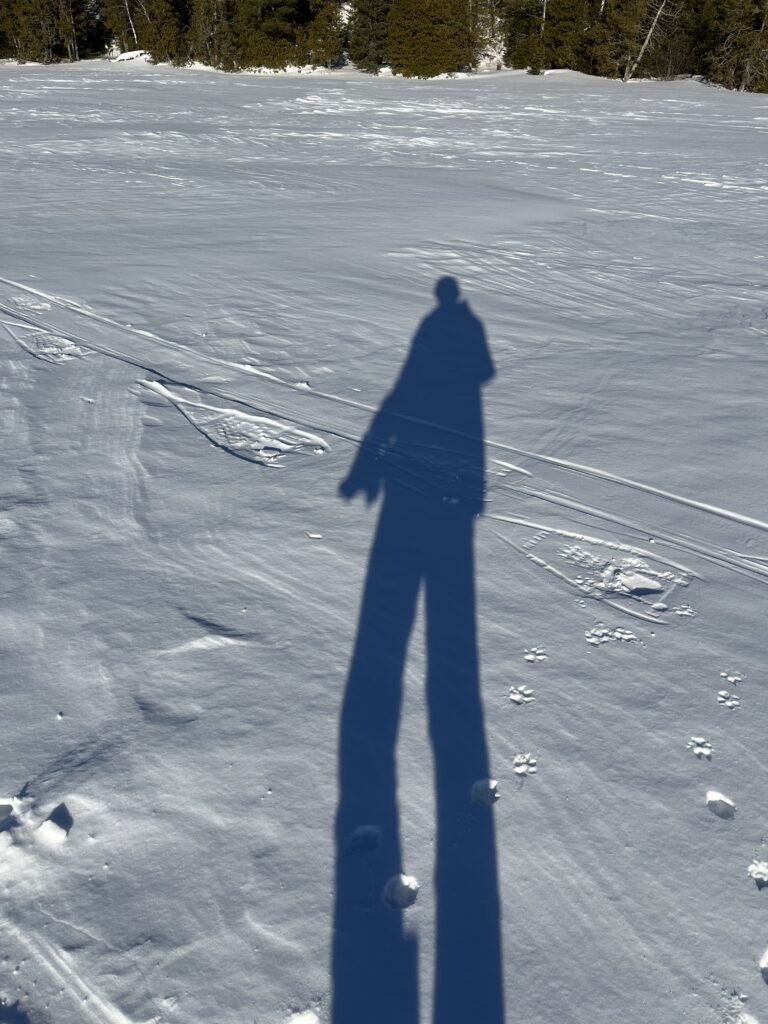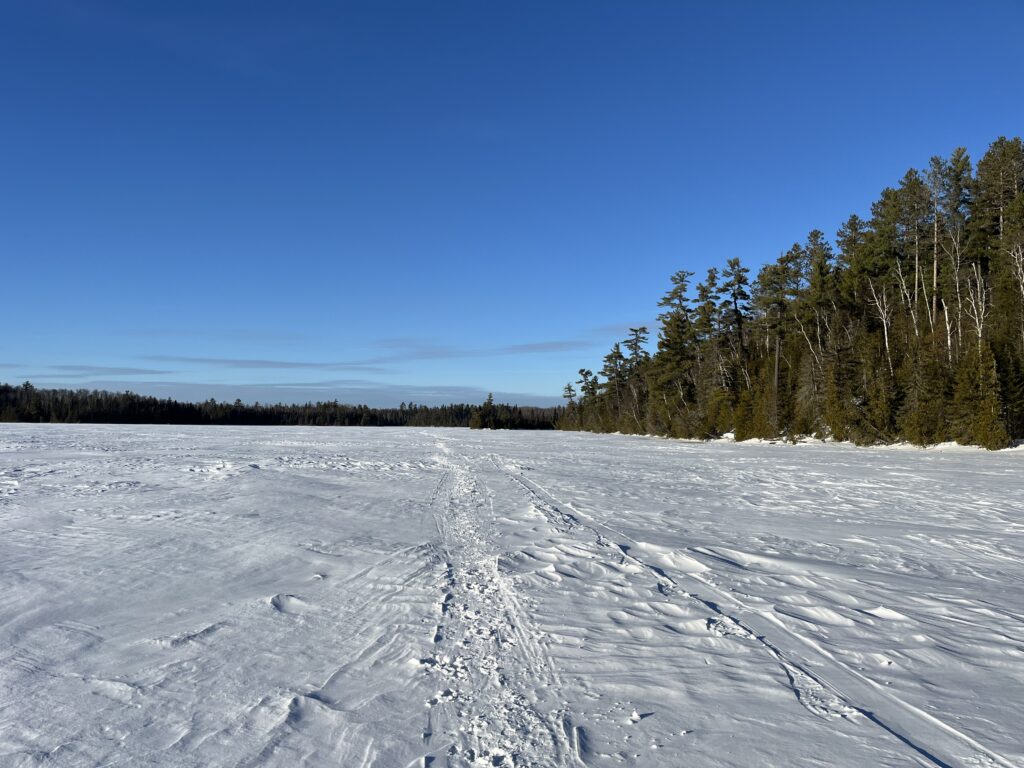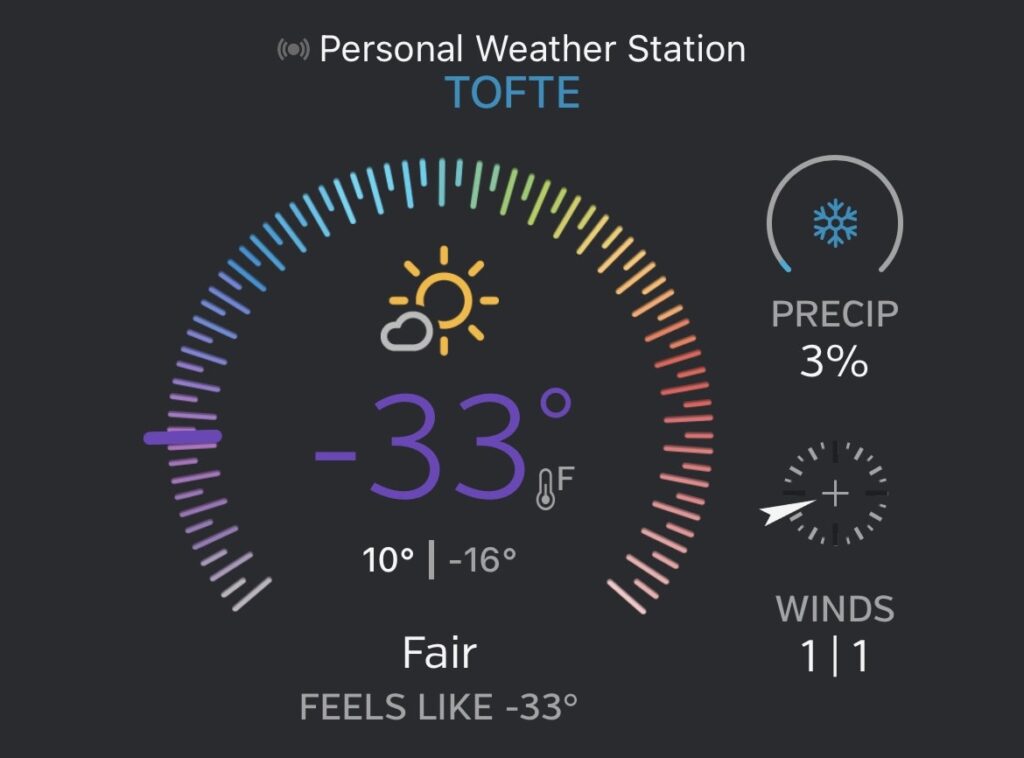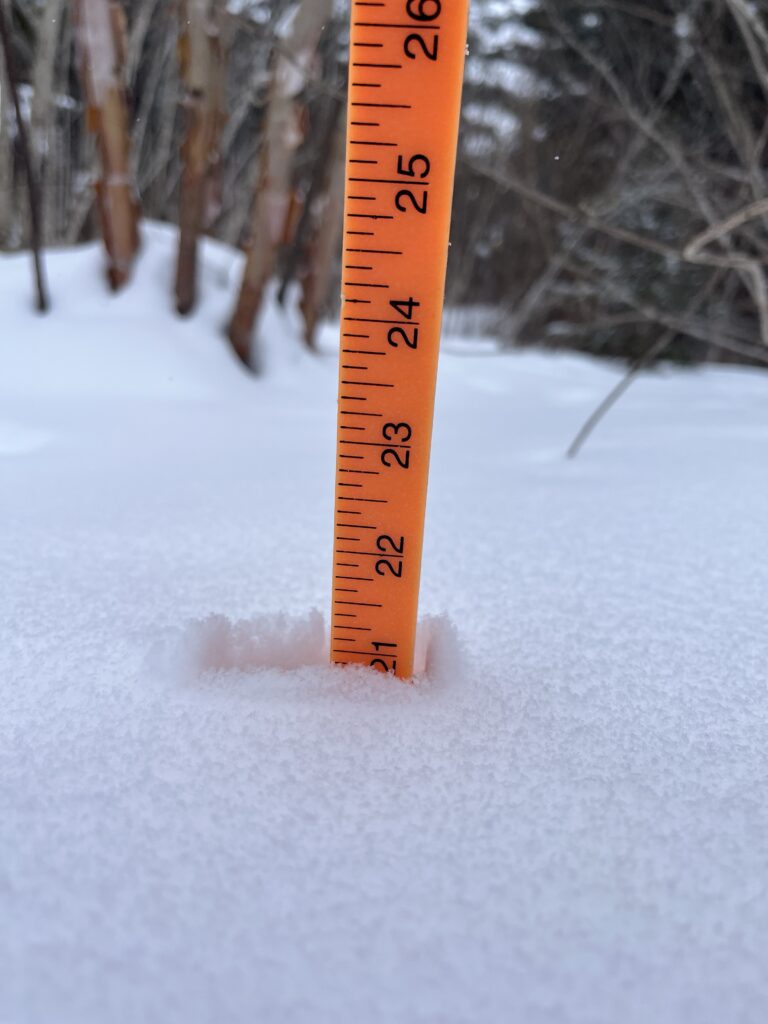4/24/25 – If you spend much time on social media, you’ve probably seen some hub bub today regarding the Forest Service Ranger Stations and their ability to issue Boundary Waters permits this season. If you haven’t seen the hub bub yet, good for you. Here’s the skinny: Ranger Station hours are going to look different this season. Below is the updated information directly from the USFS.
Here are some FAQ’s and answers we’ve put together based on the questions we’ve been getting so far.
- How do I know what issuing station I selected for my permit? You can find your issuing station listed in your confirmation email from recreation.gov.
- Will the Tofte Ranger Station be open? Yes, but only Wednesday – Sunday from 8am – 4:30pm, closed Mondays and Tuesdays. Tofte WILL be able to issue permits during their open hours. Notably, the Gunflint Ranger Station and Kawishiwi Ranger Station (located in Ely) will not be issuing any BWCA permits this year.
- Can I pick up my permit from Sawbill? Yes of course! We have happily issued BWCA permits for decades.
- How long does it take to pick up my permit from Sawbill? Generally it takes about 15-20 minutes. We have a handy tv set up on our front deck where you watch the video while we make updates and print the permit. Then one of our experienced crew will walk you through any questions you have and fill you in on any pertinent info before you sign the permit.
- Can I pick up my permit from Sawbill even if I’m not renting anything from you? Yes of course! We regularly issue permits to folks who have never once rented a thing from us. We pride ourselves on giving accurate and relevant wilderness education to each group who gets their permit from us. As such, we do ask that you bring your whole group in to watch the video.
- Do I have to watch the video? Yep! Not only is it an excellent refresher on all things BWCA, but we are contractually obligated to show it to each and every group picking up their permit. One caveat, you can take a test at a Ranger Station and they’ll give you a special card that says you know the rules that gets you out of the video 😉 You do need a new card each year though.
- Are you expecting a huge influx and will that cause delays? We do expect to issue more permits than usual, but we have honed in our system over the years and don’t expect any undue delays in picking up permits or gear.
- How do I change my issuing station? You can change the issuing station yourself in your recreation.gov account or by using their new app. Alternatively, you can call any of the Ranger Stations and ask them to change it for you. Outfitters like Sawbill are unable to change issuing stations on permits.
- I had a permit set to be issued at Gunflint Ranger Station, is my permit cancelled?? Gosh no! You will just need to change your issuing station. Your permit is still valid! You should have received an email from recreation.gov with instructions on how to change your issuing station.
Don’t see your question here? Please send us an email at info@sawbill.com or call us at 218-663-7150. There are no bad questions!
On a more personal note for this story, we have been grateful to the local Forest Service offices for doing a great job of keeping us in the loop as they worked out their summer hours during the unprecedented staffing challenges being put upon them. As a rule of practice, Sawbill will never share information from the Forest Service, whether it’s a fire ban, Ranger Station hours changes, road closures, or what have you, until we have an official press release or signed forest order. Information and rumors can swirl viciously these days, and we want you to be able to trust the information we put out. We’ll also share the source documents anytime we can, as above.
Issuing BWCA permits is something we have done for a long time, and we have to sign a new contract with the USFS on an annual basis to be able to do so. That contract includes a number of conditions we must follow including educational components, record keeping, attendance at annual meetings with the Forest Service, etc. Additionally, at the end of every permit season the Forest Service picks up the copies of all the permits we’ve issued for the season and audits them. We get a detailed report indicating any mistakes (spoiler alert, Sawbill always gets an A+ on our audits). The point is, this is an existing system of collaboration that has worked well for many decades. That is not to say that this system should be used as a replacement for the excellent work of the front desk staff at the Ranger Stations. We can be thankful that we have a system in place to help fill the gaps this year while also fighting hard to fund the Forest Service and lift this hiring freeze so they can put people back to work for our public lands.
In other news, we’ve got an ice update! Jessica ventured out onto the Sawbill landing today and augured through roughly 7″ of good old fashioned slush followed by 16″ of ice. So we’re looking at a total of 23″ of frozen stuff between us and open water. Overnight temps aren’t dipping much below freezing at all these days so that slush isn’t refreezing solid each night anymore. That makes walking conditions quite crummy, much to the dogs’ dismay.
There’s some rain in the forecast which should help speed things along. Other area lakes, notably Crescent Lake, have started to show more ice pulling away from shore and dark ice out towards the middle so hopefully Sawbill isn’t much farther behind.
-Clare

